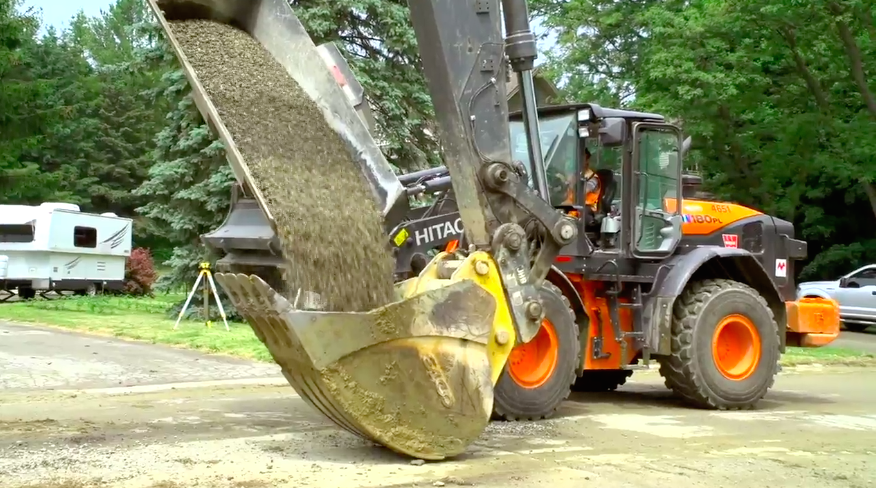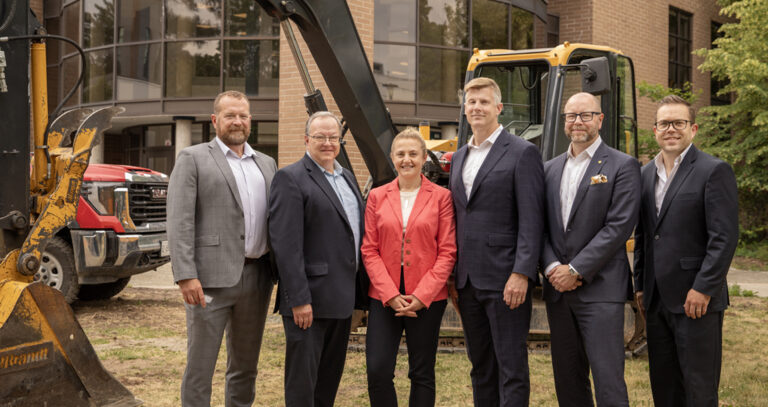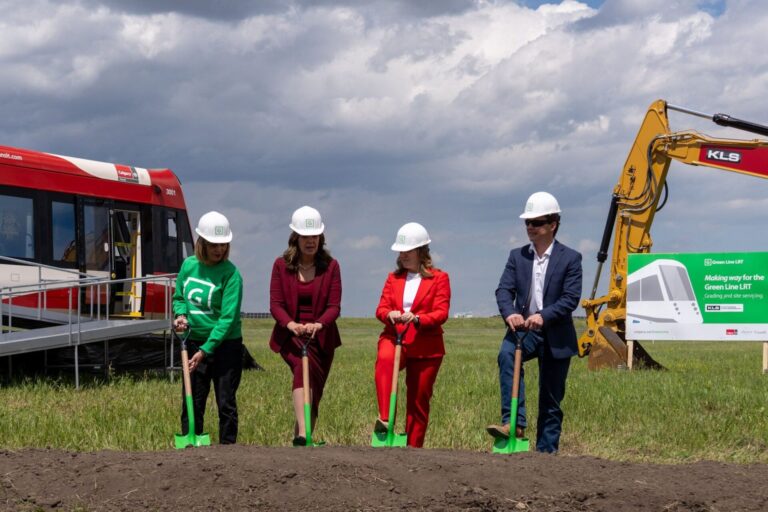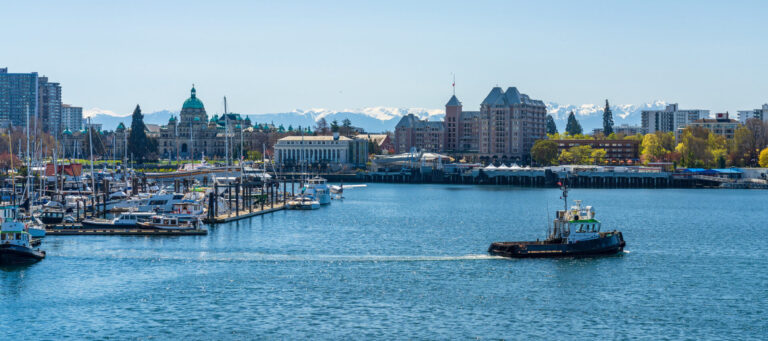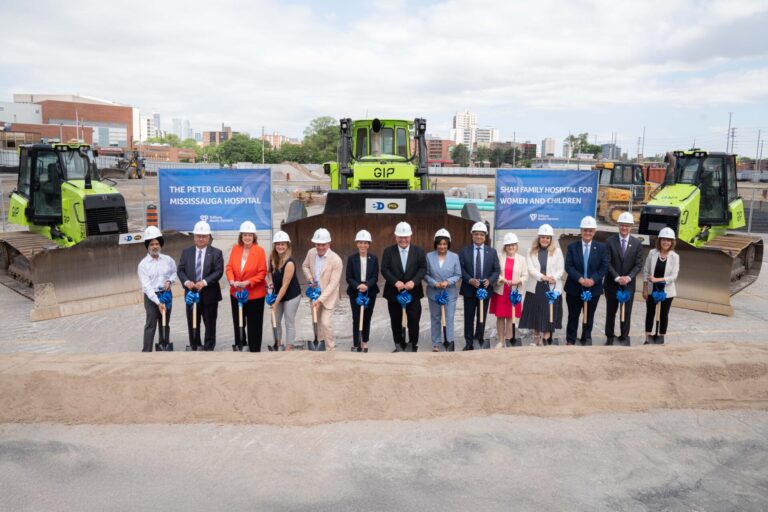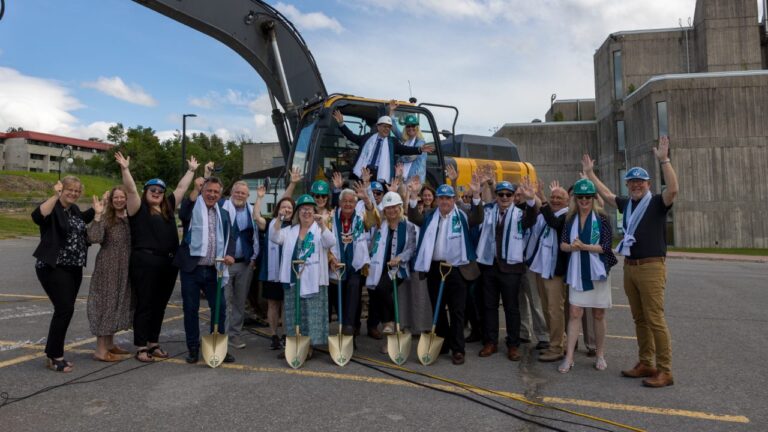Ontario’s robust construction market generates almost 26 million cubic metres of excess construction soil every year – enough dirt to fill Toronto’s Rogers Centre 16 times.
About $2 billion is spent annually to manage excess soil – which comes from civil infrastructure projects such as transit, roads, bridges, sewers, watermains, and other utilities. Even though most municipal roadways contain only minor amounts of salt from winter road treatment, large quantities of soil are often hauled up to 100 kilometres away to designated dump sites, rather than being reused on site or at other nearby construction sites.
“Clean excess soil can be more responsibly managed through better upfront planning,” says Andy Manahan, executive director of the Residential and Civil Construction Alliance of Ontario (RCCAO). “That’s why we co-produced a three-part video series to increase awareness that there are alternatives to the ‘dig, haul long distances and dump’ approach.”
RCCAO teamed up with the Greater Toronto Sewer and Watermain Contractors Association (GTSWCA) to produce this video series to inform the public, government, and industry on the benefits of using best management practices called “The Real Dirt on Dirt: Solutions for Construction Soil Management.”
Click the following links to download individual videos:
- Video 1: Financial and Environmental Benefits of Best Practices
- Video 2: Words of Wisdom from a Watermain Contractor
- Video 3: Big Bang for the Buck on Megaprojects
There are a lot of trucks on the road travelling 60 to 100 kilometres to dump excess soil as a waste material – and that is completely wrong, says Giovanni Cautillo, executive director of GTSWCA.
“It’s not a waste – it’s a reusable resource,” Cautillo says. “When municipalities provide guidance to contractors about where soil from local infrastructure projects can be reused, the costs of handling and disposing of soil can be dramatically reduced. Wherever possible, soil should be reused onsite, but if this is not possible, having an approved reuse site within a close distance saves taxpayers money.”
When best management practices are used, there are fewer trucks travelling long distances, causing less wear and tear to the roads – and less traffic congestion. Fewer trucks on the road means less greenhouse gas emissions, creating a cleaner, healthier environment.
The Ministry of the Environment, Conservation and Parks (MECP) is currently reviewing draft regulations to help improve ways to manage soil on building and infrastructure projects across the province. Manahan says that “a multi-ministry approach – environment, municipal affairs, transportation, infrastructure and others – will also help to achieve a more coordinated effort.”
An online soil-matching service is available to help find reuse sites for excess soil. Visit soiil.com for more information.

